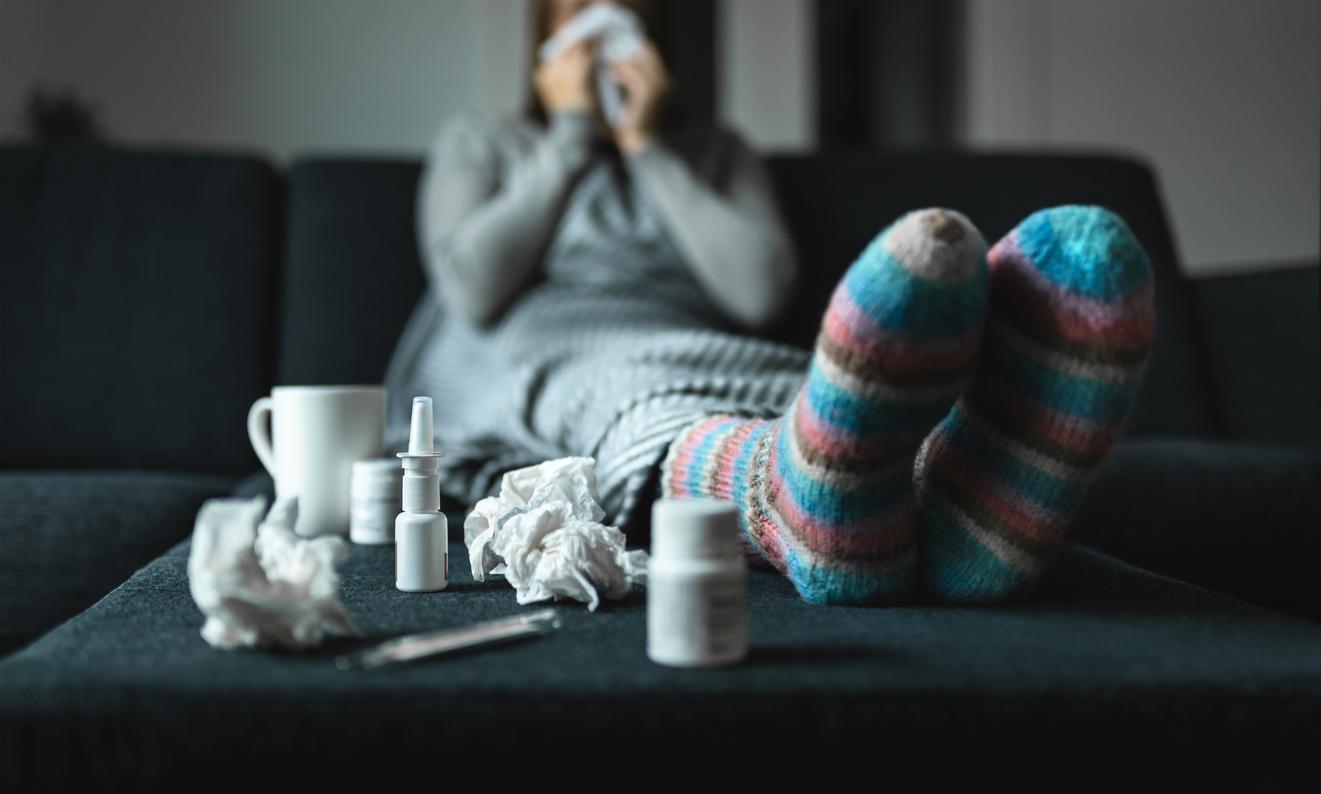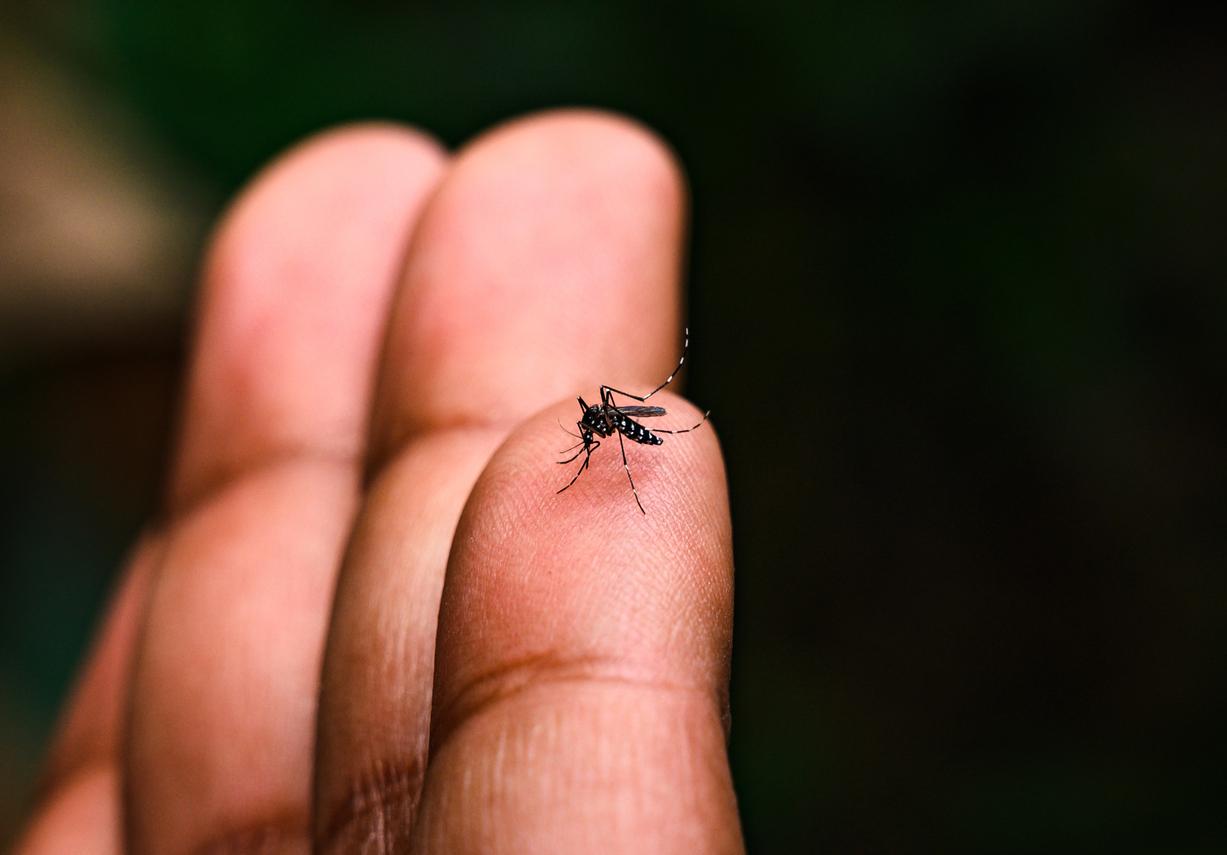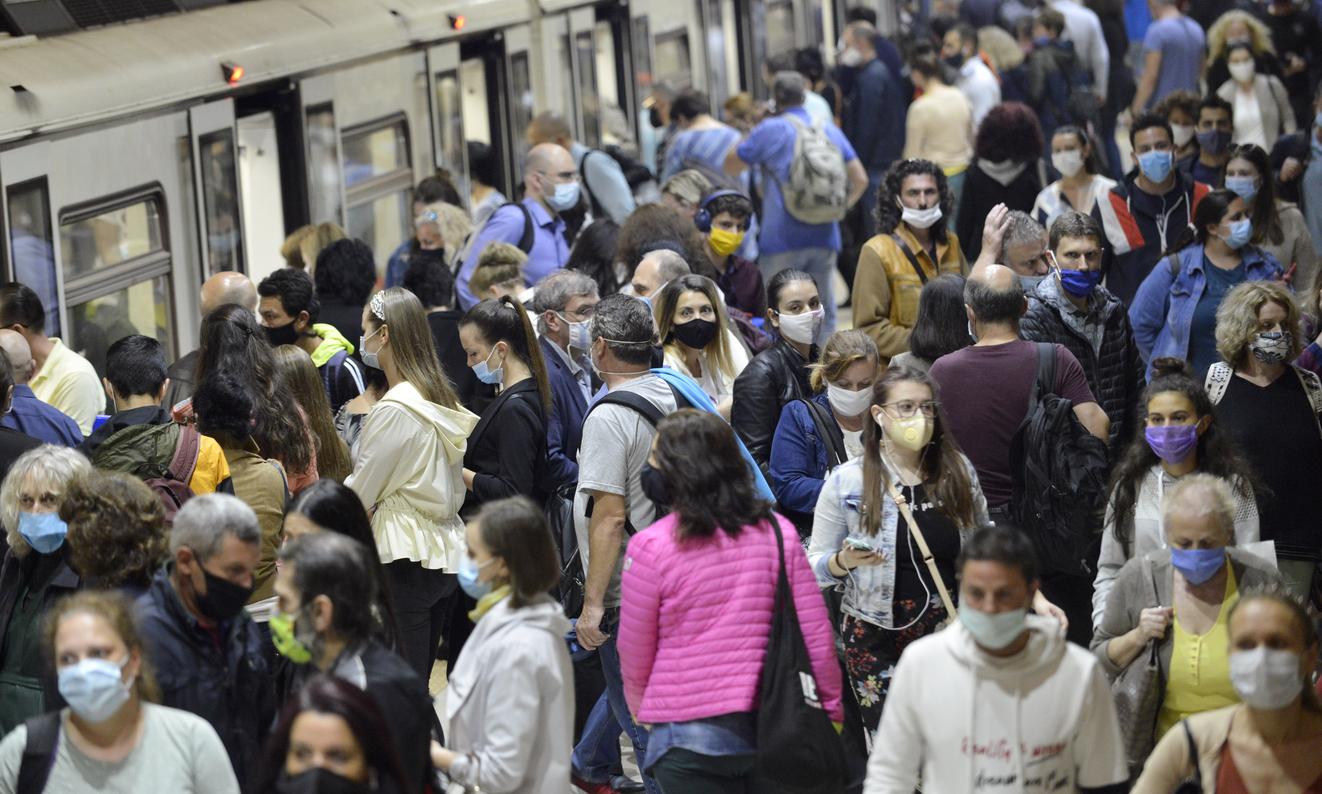Over the past decade, a growing number of studies have pointed to the link between lack of exposure to daylight and the development of myopia in children. This time it’s theincreased onset of myopia in adulthoodmore precisely in people born since the end of the 60s, which worries scientists. “This is now an urgent international public health issue, with an emerging ‘epidemic’ of myopia,” say researchers from the UK Biobank Eye and Vision consortium.
The researchers collected their adult eye health data from 107,442 UK Biobank study participants aged 40 to 69, born between 1939 and 1970. They were able to determine that people born in the late 1960s are 10% more likely to be myopic than people born three decades earlier, and more have become myopic as adults.
- Among people born between 1939 and 1944: 12.6% developed myopia in childhood and 7.4% developed it later in life.
- Among people born between 1965 and 1970: 15.6% developed myopia in childhood and 13.6% developed it later in life.
“Overall, the proportion of people with myopia in the oldest and youngest cohorts increased from 20% to 29.2%,” the scientists point out.
The reasons for this epidemic of myopia
For the researchers, multiple environmental reasons can explain why we have gone from 1 person in 5 to 1 in 3 people affected by this visual disorder.
- Extending the duration of studies, therefore increasing the time spent studying (in books as well as in front of screens) rather than being outdoors.
- An increase in free time spent in front of multiple screens (television, consoles, tablets, etc.)
- A change in diet.
“These different influences play on the genetic risk of myopia but, knowing it, this trend can be stabilized or even reversed” insist the researchers.
3 times more myopic children after confinement
During the first confinement, children who did not have access to a garden or the slightest bit of terrace suffered from a lack of exposure to daylight. However, this is essential for the production of dopamine, a neurotransmitter that is known for its positive effects on mood but which is also necessary for the proper functioning of the retina. This is probably what explains why after 4 month of confinement from February to May 2020, the proportion of myopic children at 6 years old has more than tripled, in China, according to the results of a study published in the journal JAMA Ophthalmology.
When Chinese schools reopened in June 2020, researchers conducted eye tests on children aged 6 to 13 from 10 elementary schools in Feicheng, China. Over 120,000 children participated in the study. The results were compared with those of previous years and the researchers found that thehe prevalence of myopia in children increased by 10-15% in 2020 compared to 2019.”In 2019, only 5.7% of six-year-olds in the study were myopic, but in 2020, one in five six-year-olds had myopia.
>> Half of the world’s population myopic in 2050? According to american ophthalmological society who has studied the evolution of myopia in the population since the 2000s and made projections for the next 30 years, half of the world’s population could be myopic in 2050. American ophthalmologists plead for the implementation of strategies preventive measures on a global scale to control the progression of myopia, in particular the establishment of regular eye examinations in children but also in adults. According to these scientists, due to lack of exposure to daylight, myopia could become the number one cause of permanent blindness worldwide.
Sources:
- Temporal trends in frequency, type and severity of myopia and associations with key environmental risk factors in the UK: Findings from the UK Biobank StudyPlos One, January 2022
- Progression of myopia in school-aged children after COVID-19 home confinement, Jama ophthalmology, January 2021
- Global Prevalence of Myopia and High Myopia and Temporal Trends from 2000 through 2050American academy of ophthalmology, February 2016
Read also :
- What eye color reveals about your health
- How do I know if my child has a sight problem?
- 6 foods for good eyesight
- Which lenses to choose to slow the progression of myopia?
















